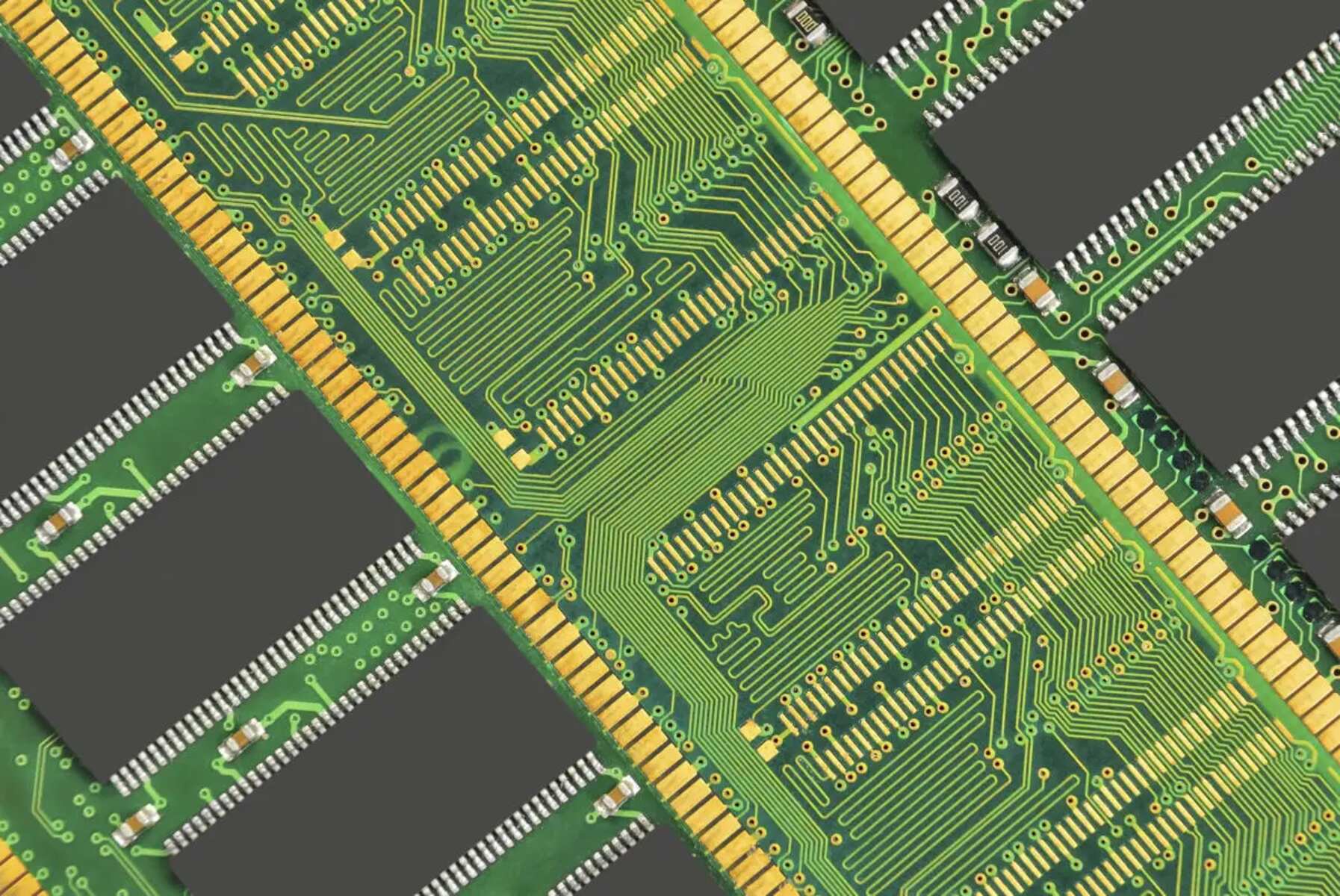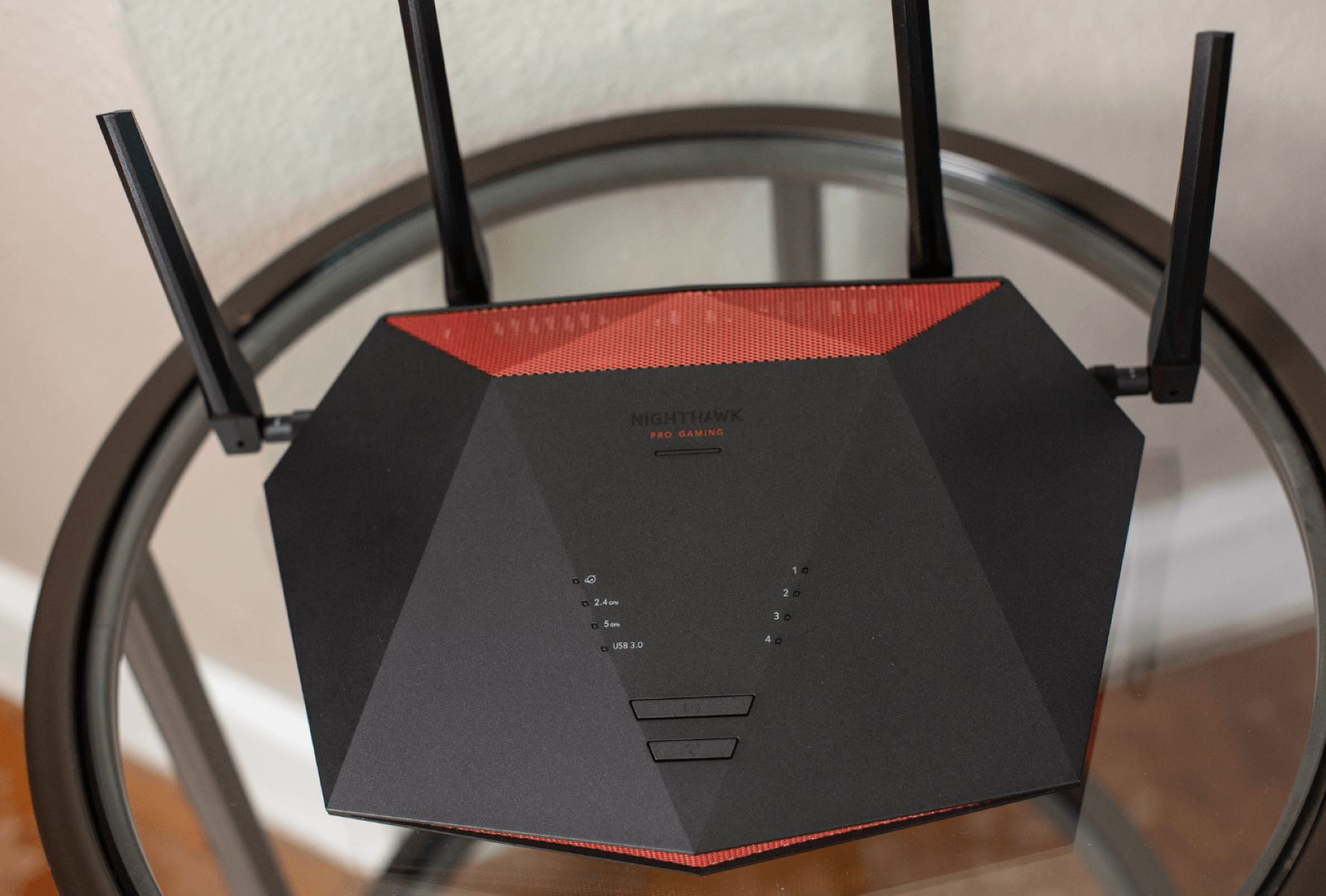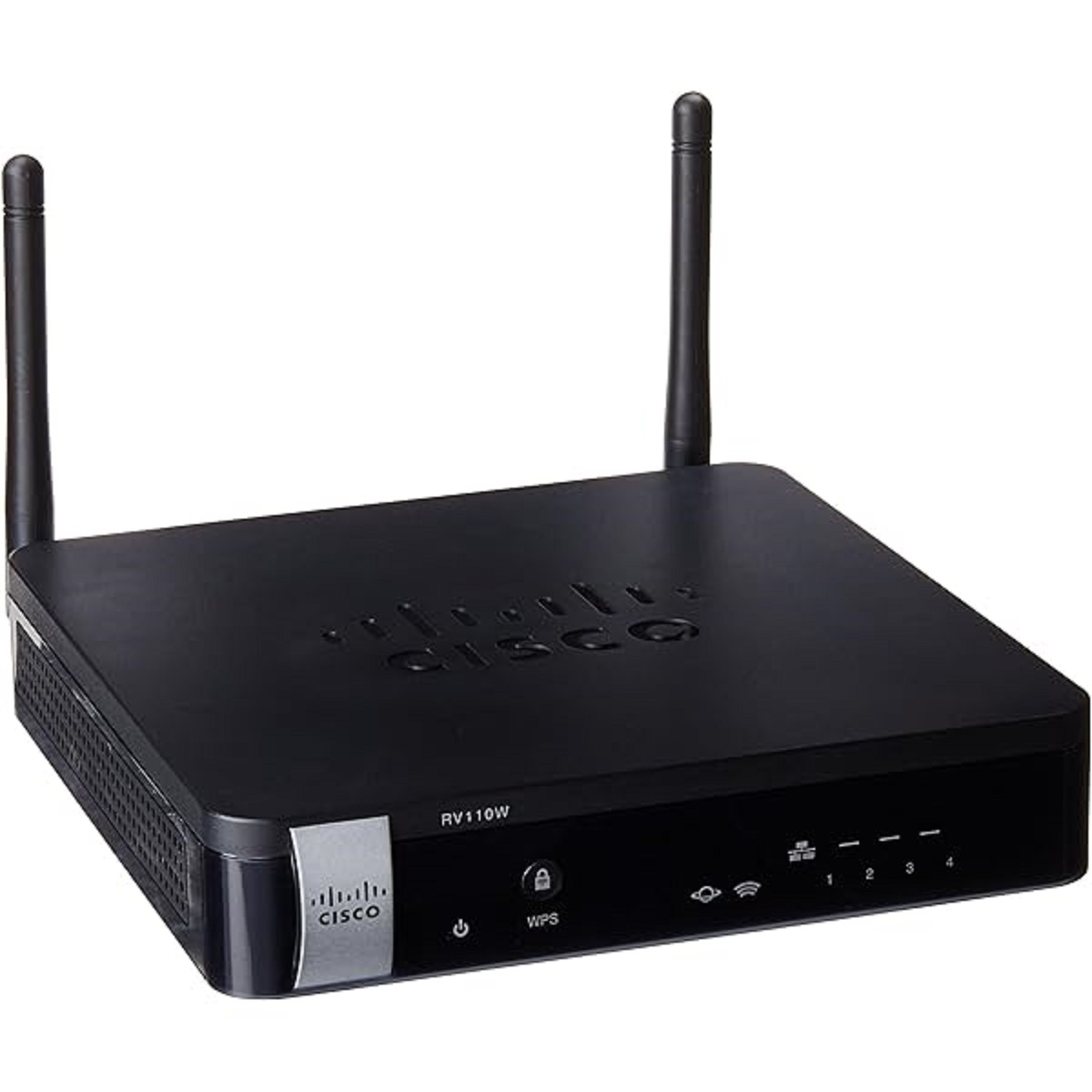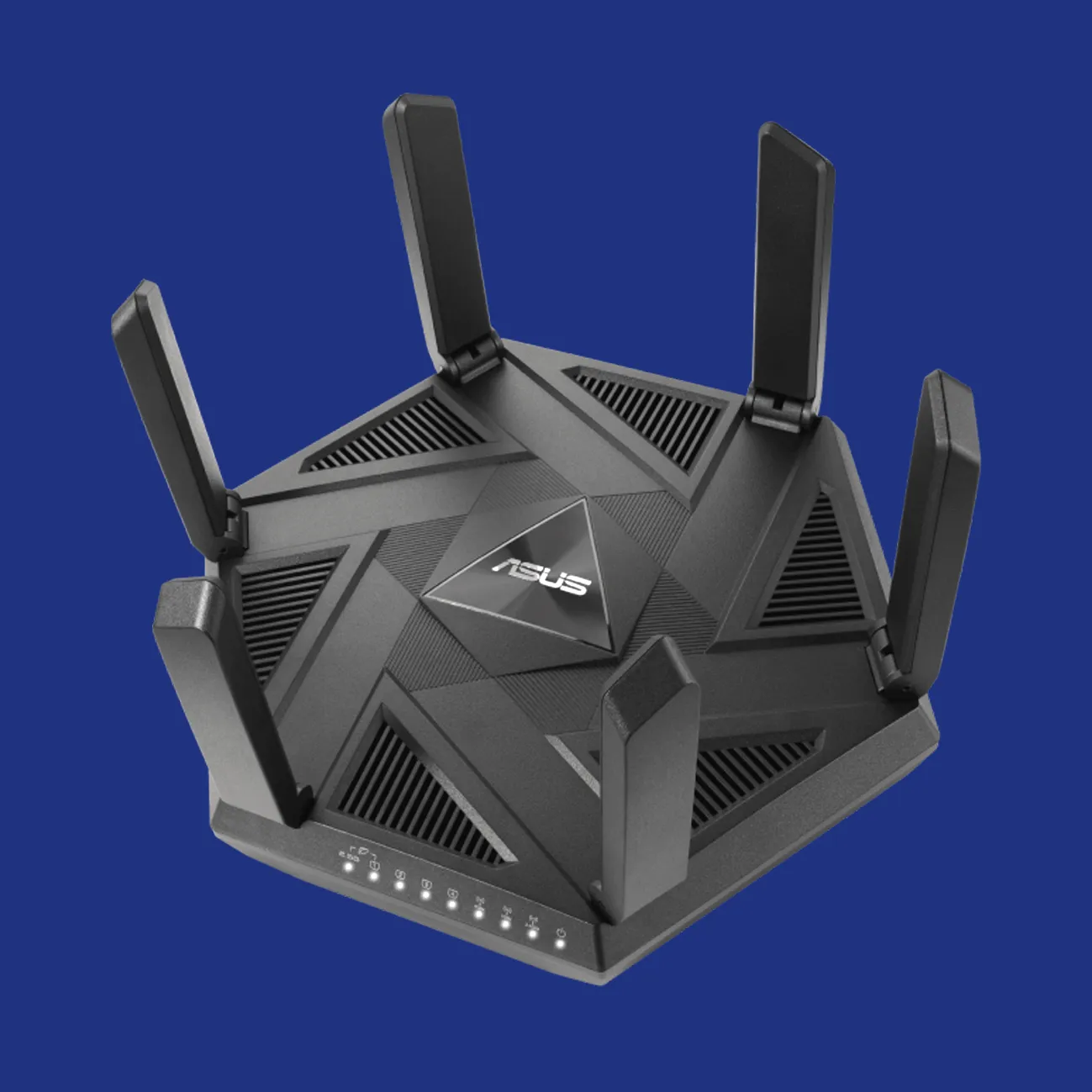Introduction
Welcome to the fascinating world of computer hardware! In this article, we will dive into the inner workings of RAM (Random Access Memory), specifically examining its two key characteristics on Cisco devices. RAM is an essential component of any computer system, including routers and switches.
RAM plays a crucial role in the overall performance and functionality of a Cisco device. It is responsible for storing and providing quick access to data that the device needs to perform its tasks efficiently. Understanding the two characteristics of RAM is essential for network administrators and IT professionals to effectively manage and troubleshoot Cisco devices.
As we explore the characteristics of RAM on Cisco devices, it is important to note that RAM is a volatile type of memory, meaning it loses its data when the power is turned off. Additionally, RAM serves as temporary storage, providing quick access to data that is actively being processed or used by the device.
Now, let’s delve deeper into these characteristics and gain a better understanding of how RAM operates on Cisco devices.
RAM (Random Access Memory)
RAM, also known as Random Access Memory, is a critical component of any computing device, including Cisco routers and switches. It is a type of volatile memory that provides temporary storage for data that the device needs to access quickly.
Unlike persistent storage devices such as hard drives or solid-state drives, RAM is a volatile memory, meaning that the data stored in RAM is lost when the power is turned off or the system is rebooted. This volatile nature of RAM allows for the rapid reading and writing of data, making it crucial for the real-time performance of a Cisco device.
RAM is organized into individual storage locations called cells or memory locations, each of which is assigned a unique address. This organization allows the device to access any specific location in RAM directly, hence the term “Random Access Memory.” It enables the device to retrieve data from any memory location with the same speed, regardless of its physical location within the RAM module.
In a Cisco device, the amount of RAM available determines the device’s capability to handle various tasks and accommodate the operating system, applications, and other necessary data. More RAM generally allows for smoother multitasking, faster application loading, and better overall device performance.
Cisco devices typically use dynamic RAM (DRAM), which is a type of RAM that stores data in capacitors within memory cells. The data in DRAM cells needs to be regularly refreshed to maintain its integrity. This refreshing process ensures that the stored data is not lost due to electrical charge leakage and allows for the continued availability of data for quick access.
It is vital for network administrators to monitor and manage the available RAM on Cisco devices effectively. Insufficient RAM can lead to slow performance, system crashes, and the inability to handle large amounts of data or network traffic effectively. Upgrading the RAM on a Cisco device can significantly improve its performance and allow for the smooth operation of complex networking tasks.
In the following sections, we will explore the two key characteristics of RAM on Cisco devices: volatility and temporary storage. Understanding these characteristics will provide valuable insights into how RAM functions and impacts the performance of Cisco devices.
Characteristic 1: Volatility
Volatility is one of the fundamental characteristics of RAM on Cisco devices. Volatile memory refers to the temporary nature of the data stored in RAM. When the power to a Cisco device is turned off or the system is rebooted, the data stored in RAM is lost. This differs from persistent storage devices like hard drives or solid-state drives, which retain data even when power is removed.
The volatility of RAM allows for fast read and write operations. As data can be quickly accessed and modified, RAM plays a crucial role in the real-time processing of information on Cisco devices. It enables the device to store and retrieve data rapidly, resulting in quicker application execution, faster data transfers, and improved overall device performance.
Although the volatility of RAM might seem like a limitation, its temporary nature offers some advantages. It allows for efficient memory management by automatically clearing unused data and freeing up space for new data. This process ensures that RAM is always available for the current processing needs of the device.
Network administrators must consider the volatility of RAM when planning and managing Cisco devices. The volatile nature of RAM necessitates the use of non-volatile storage solutions to store critical data that needs to persist even when the power is turned off. This could include configurations, system settings, or logs that are crucial for device functionality and troubleshooting.
Backup and restore procedures should be in place to protect vital data stored in RAM. Regularly saving configurations and system settings helps to mitigate the risk of data loss in the event of power outages, system failures, or device reboots. Cisco devices often provide options for automatically backing up important configurations to external storage or network devices.
Understanding the volatility of RAM allows network administrators to implement appropriate data protection measures and ensure the smooth operation of Cisco devices. By managing and safeguarding critical data effectively, network administrators can minimize downtime and potential data loss, ultimately optimizing the performance and reliability of the network infrastructure.
Characteristic 2: Temporary Storage
Temporary storage is another crucial characteristic of RAM on Cisco devices. RAM serves as a temporary storage medium for data that the device needs to access and process quickly. It holds the information that is actively being used by the device at any given time.
When a Cisco device is powered on, the operating system, applications, and other necessary data are loaded into RAM. This allows the device to swiftly access and manipulate the data required to perform various tasks, such as routing packets, running network protocols, or executing commands.
RAM’s temporary storage capability enables dynamic and efficient data processing. As the device receives data packets or input from users, it stores this data in RAM for immediate manipulation and analysis. This enables rapid response times and seamless execution of commands or actions.
Additionally, RAM serves as a workspace for the device’s CPU (Central Processing Unit), allowing it to hold and manipulate instructions and data during program execution. This collaboration between RAM and the CPU plays a significant role in the device’s overall performance and responsiveness.
Network administrators should be aware of the limitations of temporary storage in RAM. As RAM has a finite capacity, it is essential to monitor its usage to avoid depletion and subsequent performance degradation. Insufficient RAM can lead to slower response times, increased latency, and even device crashes.
To ensure optimal performance, administrators can employ various techniques to manage the temporary storage in RAM effectively. This includes optimizing device configurations, limiting unnecessary background processes, and deploying traffic management mechanisms to control data flows and prevent congestion in RAM.
Another consideration related to temporary storage in RAM is the need for proper memory allocation and deallocation. When a process or application is no longer in use, it is crucial to free up the associated memory in RAM. Failing to do so can result in memory leaks, where memory is not released and eventually exhausts the available resources in RAM.
Efficient management of temporary storage in RAM contributes to the overall stability and performance of Cisco devices. It allows for smooth operations, faster data processing, and improved user experiences. By proactively monitoring and optimizing RAM usage, network administrators can ensure that devices can handle increasing data loads and perform efficiently within the network infrastructure.
Conclusion
In conclusion, RAM (Random Access Memory) on Cisco devices possesses two significant characteristics: volatility and temporary storage. Understanding these characteristics is vital for network administrators and IT professionals when managing and troubleshooting Cisco devices.
The volatility of RAM means that the data stored in RAM is lost when the power is turned off or the system is rebooted. This temporary nature of RAM allows for fast read and write operations, enabling quick access to data and efficient memory management. Network administrators must implement data protection measures, such as regular backups, to safeguard critical information stored in RAM.
RAM’s temporary storage capability allows it to hold and manipulate data that is actively used by the device. This ensures rapid response times and seamless execution of tasks. Efficient management of temporary storage in RAM, including proper memory allocation and deallocation, contributes to the overall stability and performance of Cisco devices.
Network administrators should monitor and manage the available RAM effectively to prevent performance degradation. Insufficient RAM can lead to slow performance, increased latency, and device crashes. Upgrading the RAM on Cisco devices can significantly enhance their performance and enable them to handle complex networking tasks smoothly.
By understanding the characteristics of RAM on Cisco devices, network administrators can optimize their devices’ performance, ensure data reliability, and provide efficient network operations. The use of RAM as volatile and temporary storage is a fundamental aspect of Cisco device functionality, making it a crucial consideration for any network infrastructure.

























